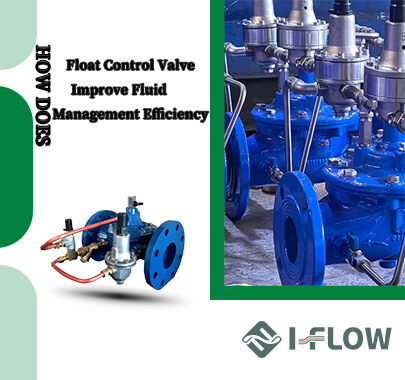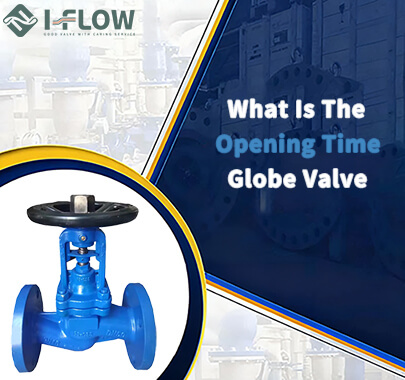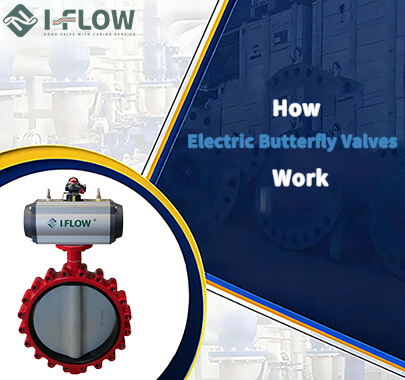Gate valves are the workhorses of the industrial piping world. Primarily used for on/off control (isolation), they function by lifting a barrier (gate) out of the path of the fluid. Because they are either fully open or fully closed, they offer very low flow resistance but are generally poor at regulating flow.

1. Classification by Disk (Wedge) Type
The "wedge" or disk is the part of the valve that actually stops the flow. The design of this wedge determines the valve's ability to handle pressure, temperature, and solids.
Solid Wedge Gate Valve:This is the most common and widely used type because of its simplicity and strength. It consists of a single, solid piece of metal.
Best For: General utility, water, oil, and air.
Pros: Rugged, simple design, can be installed in any position.
Cons: Susceptible to "thermal locking" (getting stuck) if the pipe expands due to extreme heat.
Flexible Wedge Gate Valve:This looks like a solid wedge but features a deep cut around the perimeter. This cut allows the outer edges to flex slightly.
Best For: Steam systems and high-temperature applications.
Pros: The flexibility prevents thermal locking and allows the valve to seal tightly even if the pipe shifts slightly.
Cons: Ideally used in clean systems; the cut can collect solids/slurry and clog.
Split Wedge Gate Valve:The disk consists of two separate pieces that adjust to the valve seats.
Best For: Corrosive environments and non-condensing gases.
Pros: Self-adjusting alignment; easy to maintain.
Cons: More complex mechanism than a solid wedge.
Parallel Slide Gate Valve:Instead of a wedge shape, this uses two parallel disks with a spring in between them to maintain contact with the seats.
Best For: High-temperature steam and high-pressure systems.
Pros: Prevents binding/locking during temperature fluctuations.
Cons: More expensive to manufacture.
Knife Gate Valve:A specialized type where the gate is a flat, sharpened blade.
Best For: Slurries, wastewater, paper pulp, and viscous fluids.
Pros: The "knife" edge cuts through thick solids that would prevent a normal wedge from closing.
Cons: Not suitable for high-pressure gas applications.
2. Classification by Stem Design
The stem connects the handwheel to the gate. How the stem moves is a crucial factor for installation space and maintenance.
Rising Stem (OS&Y - Outside Screw and Yoke):When you turn the handle, the stem rises visually out of the valve.
How it works: The threads are outside the valve body.
Key Advantage: Visual Indication. You can tell at a glance if the valve is open or closed by the position of the stem.
Best Application: Fire protection systems (where visual status is mandatory) and locations where the threads need to be kept dry/lubricated.
Non-Rising Stem (NRS):When you turn the handle, the stem rotates but does not move up or down. The gate climbs up the stem inside the valve body.
How it works: The threads are inside the valve, exposed to the fluid.
Key Advantage: Space Saving. Ideal for underground usage or cramped vertical spaces (like tunnels).
Best Application: Underground water distribution and plumbing.
3. Classification by Bonnet Type
The bonnet is the cover that seals the top of the valve body. It is the first line of defense against leaks.
Bolted Bonnet: The most popular robust design. The bonnet is bolted to the body with a gasket in between. Great for high-pressure industrial use.
Screwed Bonnet: The simplest design. The bonnet screws directly into the body. Used mostly for small, low-pressure residential valves.
Welded Bonnet: The bonnet is welded shut. This offers the lowest risk of leakage but makes the valve impossible to disassemble for maintenance. Used in dangerous or nuclear applications.
Pressure Seal Bonnet: A clever design for extremely high-pressure applications (power plants). As internal pressure rises, it pushes the bonnet tighter against the seal, improving leak protection

.png)
 en |
en |















